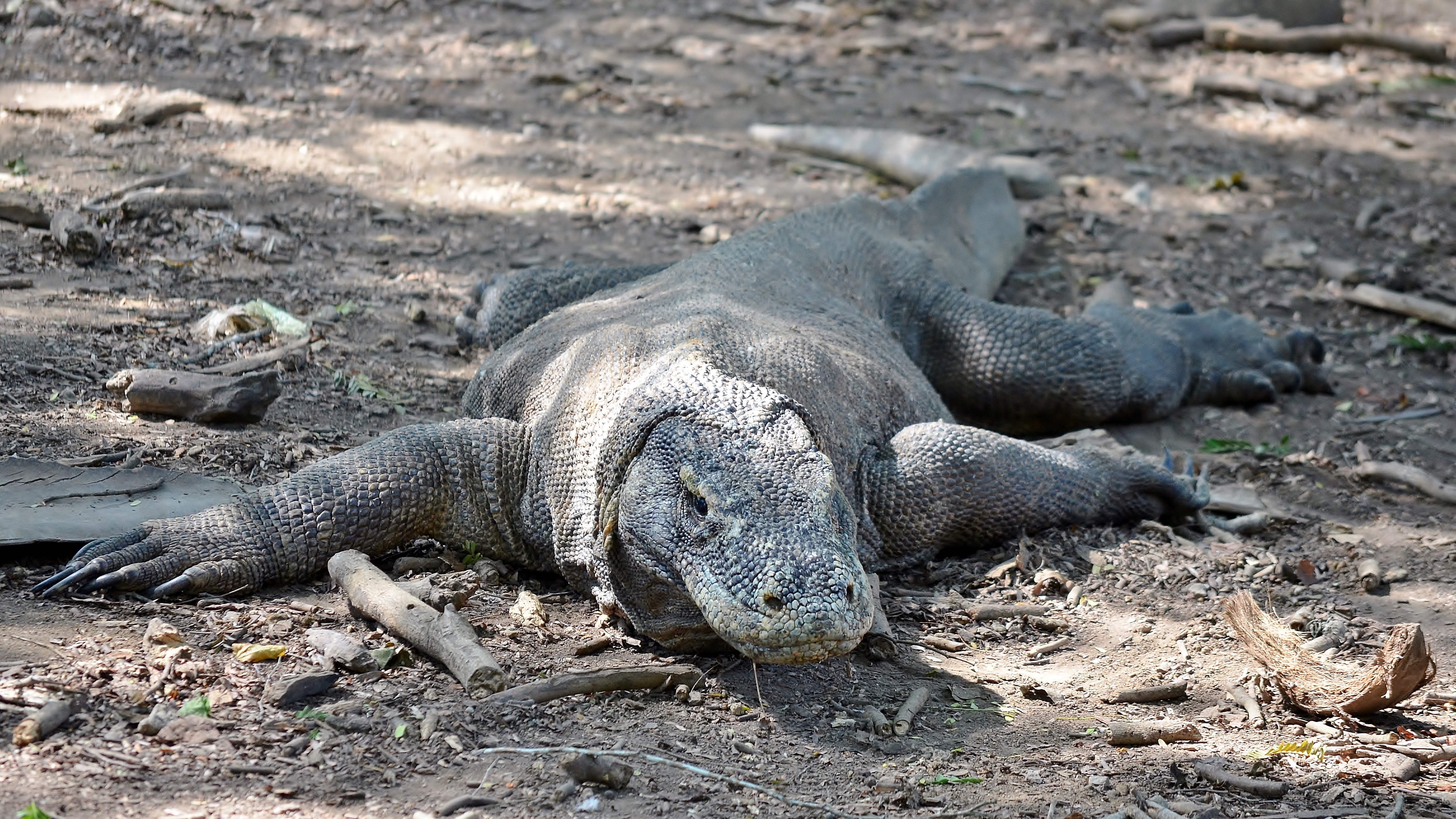Antibiotic resistance has been spreading faster and stealthier than ever. At least 23,000 people in the U.S. die every year from infections that are resistant to even the strongest antimicrobial drug. The increasing prevalence of resistant drugs demands new antibiotics before life-threatening infections cannot be treated.
In Feburary, a study was published in The Journal of Proteome Research that offered a glimpse to a new antibiotic. Researchers from George Mason University found that the blood of Komodo dragons (Varanus komodoensis) could counter antibiotic resistance.
Komodo dragons are the largest living lizards, growing up to 3 metres in length. They have thrived on Indonesian islands despite competition with other venomous reptiles and harsh conditions. Scientists began to study Komodo dragon because of the dragon’s resistance to their own poisonous bacteria. The dragon has 57 deadly bacteria in their saliva.
The scientists identified 48 antimicrobial peptides in the blood of a Komodo dragon that have germ-killing abilities and could be used to develop new drugs. They isolated eight of the antimicrobial peptides found in the dragon’s blood to test them against Pseudomonas aeruginosa and Staphylococcus aureus, two superbugs that are in urgent need of new antibiotics according to the World Health Organization. Seven of the peptides had antimicrobial activity against both microorganisms, while one was only effective against P. aeruginosa.
The antimicrobial peptides in the dragon’s blood inspired researchers to create a synthetic version in the lab called DRGN-1. It was tested on mice with skin wounds infected by P. aeruginosa and S. aureus. When treated with DRGN-1, the wounds healed significantly faster than wounds treated with other antimicrobial drugs or untreated wounds. DRGN-1 broke apart colonies of bacteria on the surface of the wound which accelerated the migration of skin cells to close the wound.
Scientists hope to find more peptides in the dragon’s blood with antimicrobial activity. They believe that this could potentially lead to the development of new antibiotics that will help us fight superbugs.
The discovery of antimicrobial activity in Komodo dragon’s blood is important because we need new antibiotics. Currently, research and development of new antibiotics is lacking because companies are not willing to invest in developing drugs that are only used for the short-term. The government and the World Health Organization need to manage and encourage drug research better. They need to provide financial incentives like raising the prices of antibiotics or offer companies more money so that antibiotic development is worth the investment. An infected cut could be life-threatening if no more antibiotics are available. Our future relies on more research on Komodo dragon’s blood and the development of new antibiotics.
An interesting video of how “Dragon’s Blood Could Save Your Life” is shared below.

Carmen Chu



2 responses to “Komodo dragon’s blood could be the key to new antibiotics”